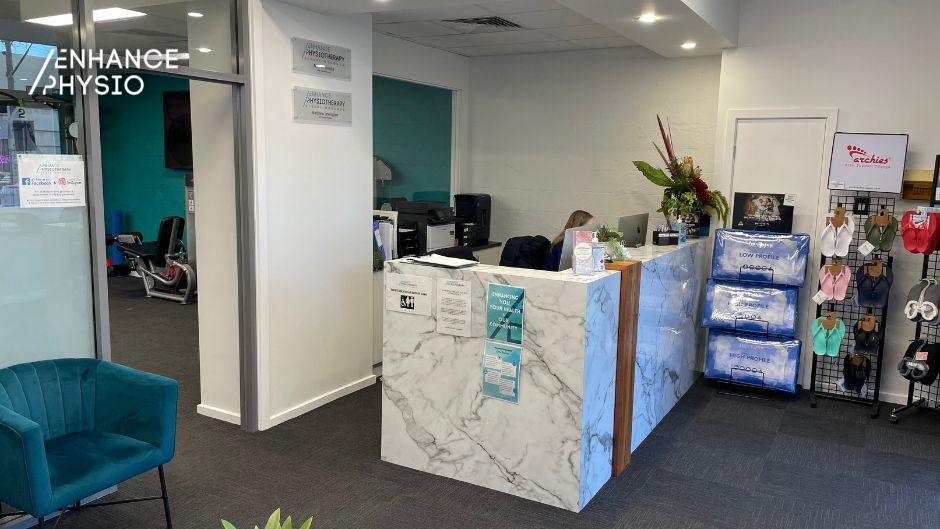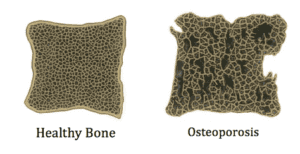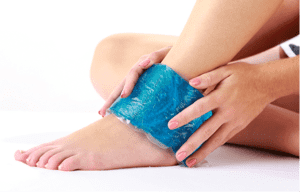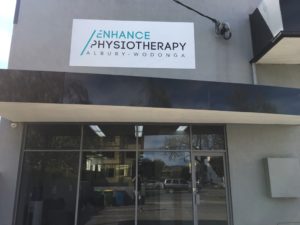Shoulder dislocations, while sometimes considered normal, can lead to a painful condition known as shoulder instability when they happen multiple times. This condition occurs due to both injuries and overuse of the joint; resulting in a weakened stability system for your shoulder which can lead to frequent relocations.
Physiotherapy For Shoulder Instability
Do you feel you are suffering from shoulder instability?
If yes, then physiotherapy might be able to help. Physiotherapists are allied health professionals trained to treat patients who have various musculoskeletal disorders. They can also provide treatment for injuries such as sprains or strains.
Shoulder instability can occur due to injury or overuse. The main goal of physiotherapy is to restore your normal movement patterns and reduce pain. There are several physiotherapy treatments available depending on the cause of the problem.

What is shoulder instability?
Shoulder instability refers to a group of disorders that include dislocation, subluxation, and laxity. Shoulder instability occurs when the glenohumeral joint (shoulder joint) is too loose and allows too much movement in the socket.
It is also the most naturally unstable joint in the human body, often developing recurrent instability due to its wide range of motion.
Shoulder instability is a term used to describe a weakness in the structures of the shoulder that keep the joint stable, often leading to frequent dislocations. As one of the most flexible joints in the body, the shoulder maintains stability through a balance of support between the dynamic structures (muscles and tendons) and static structures (ligaments and joint shape).
Shoulder instability typically occurs in one of two directions, anterior (forward) or posterior (backward). Anterior instability or dislocations are far more common than posterior.
Shoulder instability, if left untreated, can lead to shoulder joint arthritis.
Common symptoms of shoulder instability
The most noticeable symptom of shoulder instability is dislocation or subluxation of the joint. This is often accompanied by pain, clicking sensations, a feeling of instability and, in some cases, weakness, tingling, and pins and needles in the arm.
A numb spot on the outside of the arm, just below the top point of the shoulder, may develop if the nerves have been stretched. Several shoulder muscles may become slightly weak while the nerve heals. However, the weakness is usually only temporary.
Many patients report a sense of apprehension or instability as if something is not quite right. Posterior instability can also cause a reduced range of movement and might mimic other common shoulder conditions, which need to be ruled out first.

Common causes of shoulder instability
Shoulder instability is also classified as traumatic, occurring after an injury or atraumatic, where the shoulder is exceptionally flexible and prone to dislocations from everyday forces. Instability can also occur from chronic overuse, where the shoulder joint is damaged slowly over time.
Traumatic shoulder instability is the most common form. Often the joint is dislocated by a strong force and damaged, leaving it more unstable and vulnerable to future dislocations. Rugby and football players are commonly affected. However, dislocations can occur in the general public from something as simple as falling onto an outstretched hand.
A genetic problem with the body’s connective tissues can result in overly elastic ligaments. Ligaments that stretch too easily may be unable to hold the joints in place. All of the body’s joints may be too loose. Some joints, such as the shoulder, are prone to dislocation. People with this disorder are often called “double-jointed.”
Physiotherapy treatment for shoulder instability
Shoulder instability is a complex condition, and each person will have different causes and structural deficiencies. To provide stability, the shoulder relies heavily on dynamic muscular control.
Successful treatment is highly dependent on accurate clinical diagnosis, as well as the identification of anatomical structural defects and abnormal movement patterns, for rehabilitation programs to be effectively tailored to the patient.
Physiotherapists are trained to identify issues of coordination, control and strength contributing to instability and provide an extensive rehabilitation program.
In the presence of pain and injury, physical and psychosocial factors can have an impact on motor control. To avoid the recurrence of symptoms, a multidisciplinary approach is required, with rehabilitation focusing on the kinetic chain, scapular and glenohumeral control.
For some patients, surgery is recommended to help restore some static stability to the joint. However, there are better pathways for some. A complete rehabilitation program is recommended for the best outcomes if surgery is indicated.
Helping patients understand and manage their condition is essential to recovery. Physiotherapy is always recommended as the first line of treatment before surgery and can have excellent outcomes, with or without going under the knife.

Final thoughts on Physiotherapy For Shoulder Instability
Fortunately, physiotherapists have developed effective treatment methods to reduce pain and improve function. If you have shoulder instability, physiotherapy can help you regain control over your shoulder movement.
Physio sessions will also improve your overall strength and flexibility, allowing you to perform daily activities without pain.
Physiotherapy may also prevent future injury.





